Hi,
Brilliance scope of 3 eightstar diamonds. I found some gemex for eightstar on the web and removed identifying info. My goal is to see what can be interpreted from the bscope pictures, not the scores. I think there may be some useful info in there
here is another thread on interpreting brilliancescope : https://www.pricescope.com/community/threads/b-scope-results-help.12785/
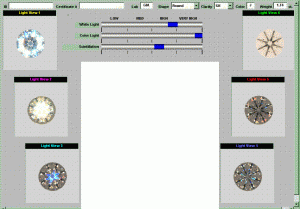
Brilliance scope of 3 eightstar diamonds. I found some gemex for eightstar on the web and removed identifying info. My goal is to see what can be interpreted from the bscope pictures, not the scores. I think there may be some useful info in there
here is another thread on interpreting brilliancescope : https://www.pricescope.com/community/threads/b-scope-results-help.12785/



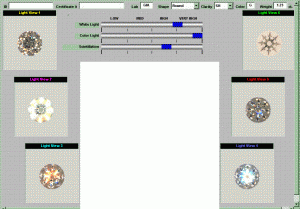
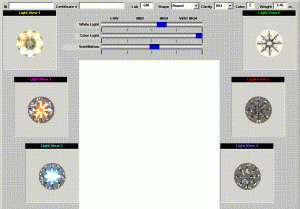
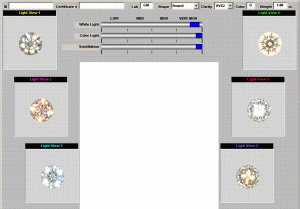



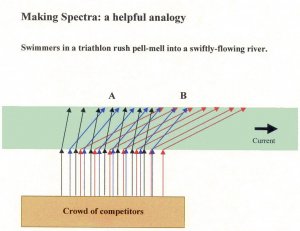
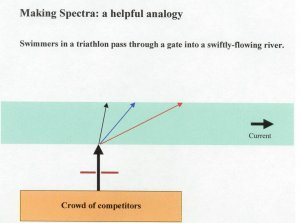



300x240.png)